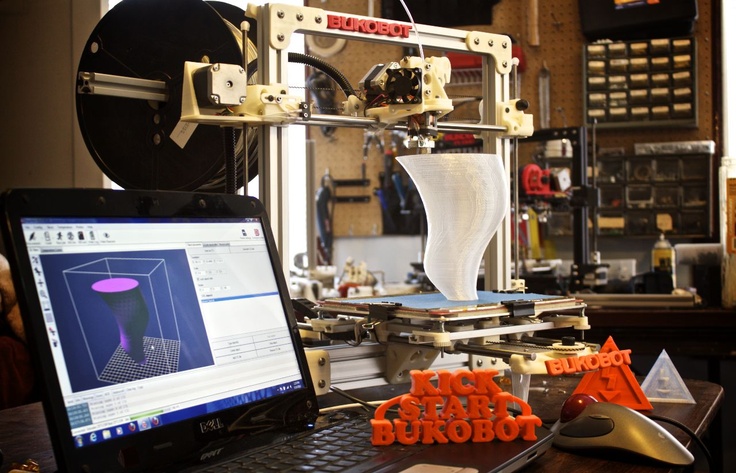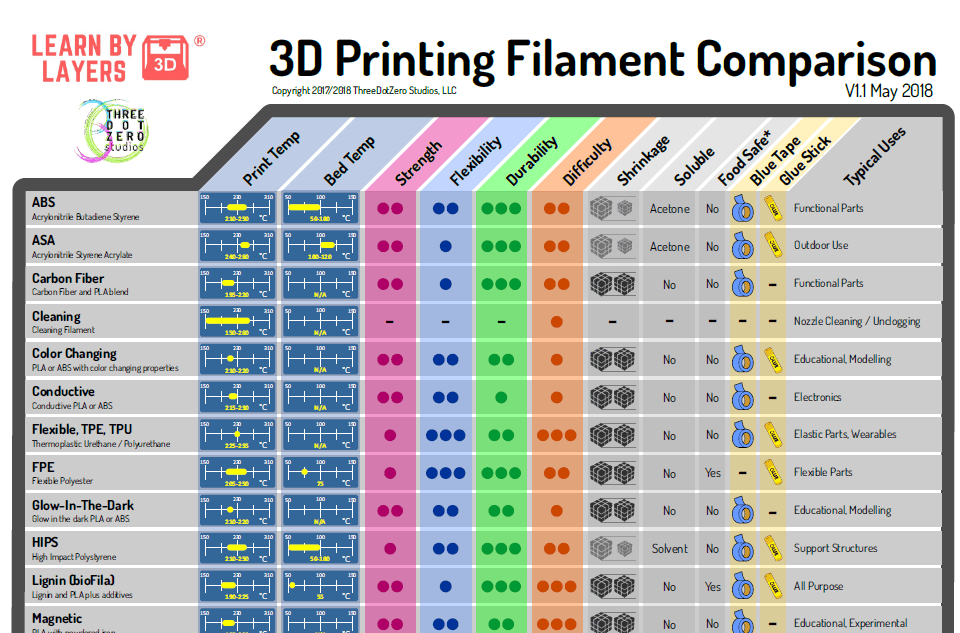3D printers in public libraries
3-D Printing in Libraries: Policies & Best Practices
All libraries providing access to 3-D printers should adopt written policies governing the use of their 3-D printers. Such policies should:
- identify those eligible to use the library's 3-D printer;
- outline all rules and regulations concerning user access, fees, and training requirements;
- bar use of the library's 3-D printing facilities for illegal activities;
- include a statement informing users that all other library policies apply when using the library's 3-D printer or printing services, including policies addressing user behavior, acceptable use, cybersecurity, copyright, intellectual freedom and user privacy.
Policies can also include a specific provision requiring users to comply with all applicable laws, including laws governing copyright and the manufacture of regulated or illegal items.
Though policies, by necessity, must address concerns about access, potential misuse, and liability, policies should also reflect the library's commitment to learning and the exploration of ideas. A mission statement or statement of purpose should encourage users to learn about new technologies, exercise their imaginations, and assure their freedom to create, and design new projects within the parameters imposed by the technology.
Listed below are resources created by ALA and its members that provide guidance on developing effective policies and best practices for managing makerspaces and 3-D printers in libraries. We have also included other publications that offer both general information about 3-D printing as well as information about policy development for 3-D printers.
ALA's Office for Intellectual Freedom or ALA's Washington Office Public Policy staff can consult with individual libraries on policy development, depending on the questions or issues raised by the library.
August 2018 Update: Recently, the U.S. State Department entered into a settlement agreement that would have allowed Defense Distributed, a non-profit advocacy group, to post and make available downloadable instructions and templates for printing guns and gun parts on 3-D printers.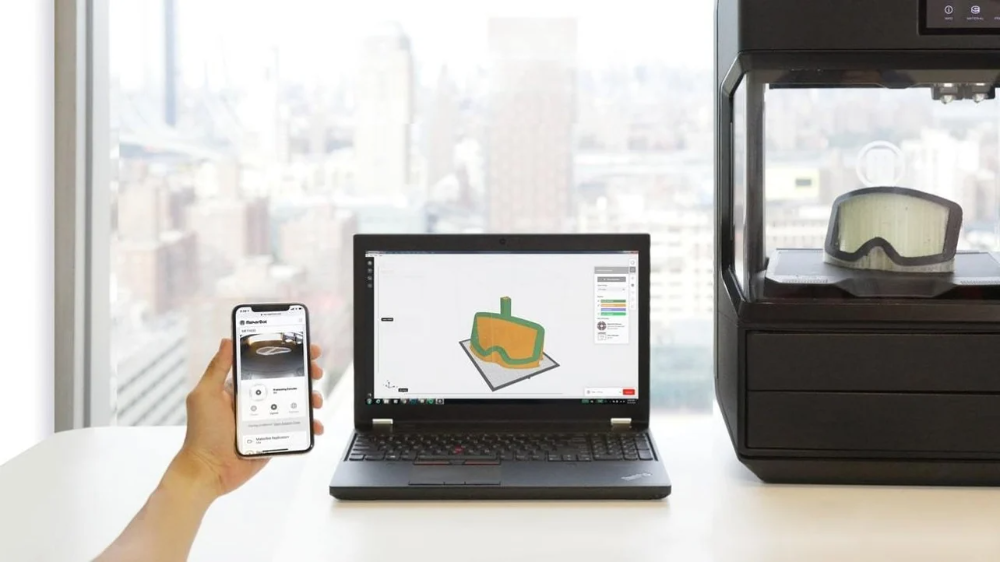 On July 31, 2018, U.S. District Court Judge Robert Lasnik granted a temporary restraining order barring Defense Distributed from posting their files online. On Monday, August 27, Judge Lasnik issued an order reaffirming and extending the nationwide injunction barring the online dissemination of files for printing plastic weapons. The injunction will remain in place until the state attorney generals' case is resolved. (Attorney generals from 19 states and the District of Columbia have filed a lawsuit to set aside the settlement agreement or to prevent Defense Distributed from posting their files online.)
On July 31, 2018, U.S. District Court Judge Robert Lasnik granted a temporary restraining order barring Defense Distributed from posting their files online. On Monday, August 27, Judge Lasnik issued an order reaffirming and extending the nationwide injunction barring the online dissemination of files for printing plastic weapons. The injunction will remain in place until the state attorney generals' case is resolved. (Attorney generals from 19 states and the District of Columbia have filed a lawsuit to set aside the settlement agreement or to prevent Defense Distributed from posting their files online.)
Libraries should be aware that the settlement agreement allowing online distribution of the plans is not binding on libraries and does not confer a right to use those plans to create guns on library 3-D printers in violation of library policy or in violation of the applicable law regulating the manufacture or distribution of guns in the United States. This includes the law that makes it illegal to create, or assist in the creation, of a gun that is undetectable by x-ray machines or metal detectors.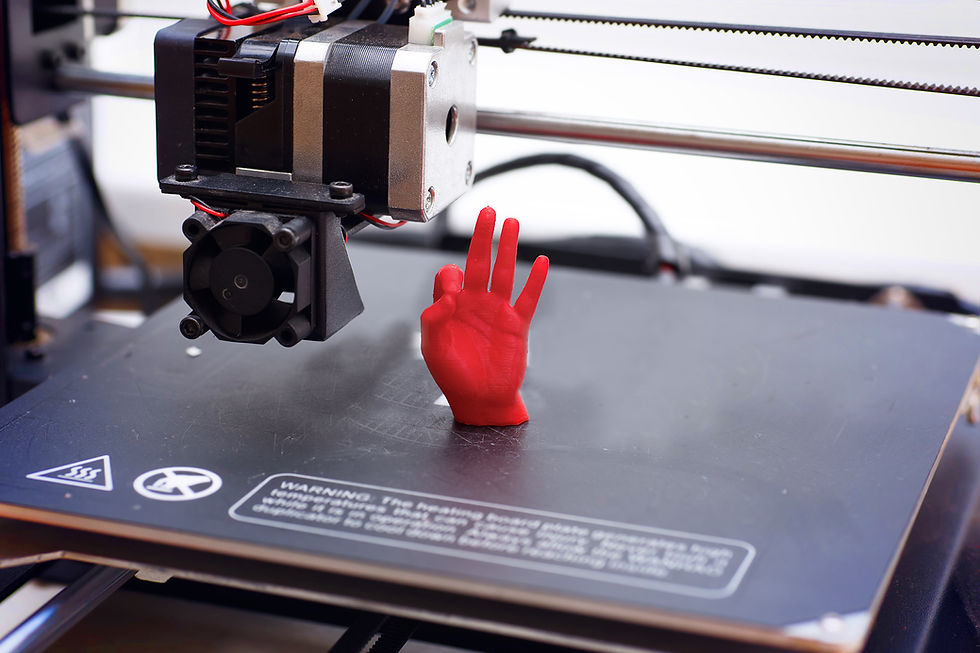
These materials are not a legal opinion nor should they be regarded as legal advice. Readers should consult their own legal counsel for legal advice regarding their particular situation.
Resources for 3-D Printer Policy Development:
Progress in the Making: 3D Printing Policy Considerations through the Library Lens | ALA Office for Information Technology Policy (2015) (includes the sidebar "3D Printing, Intellectual Freedom and Library Values.") (2015)
Progress in the Making: An Introduction to 3-D Printing and Public Policy | ALA Office for Information Technology Policy (2014)
3D Printing in Libraries: A View from Within the American Library Association: Privacy, Intellectual Freedom and Ethical Policy Framework | Bulletin of the Association for Information Science and Technology (2015)
Copyright Considerations for Providing 3D Printing Services in the Library |Bulletin of the Association for Information Science and Technology (2015)
The Library's Legal Answers for Makerspaces, by Tomas Lipinski and Mary Minow | ALA Editions (2016)
Libraries Make Space For 3-D Printers; Rules Are Sure to Follow | NPR (April 2015)
3D Printers and Library Policy: Cool Technology Needs Rules Too | TechSoup for Libraries (2014)
3-D Printers: General Information
3-D Printers for Libraries, 2017 Edition, by Jason Griffey | Library Technology Reports
Progress in the Making: Librarians' Practical 3D Printing Questions Answered | ALA Office for Information Technology Policy (2016)
Toward A More Printed Union: Library 3D Printing Democratizes Creation | ALA Office for Information Technology Policy (2015)
Sample 3-D Printing Policies:
District of Columbia Public Library
Glen Carbon Centennial Library (IL)
Glen Ellyn Library (IL)
Jacksonville Public Library (FL)
Keene Public Library (NH)
Kirkwood Public Library (MO)
Meriden Public Library (CT)
Northbrook Public Library (IL)
Plano Public Library (TX)
Sacramento Public Library (CA)Idaho State University - Oboler Library
Michigan State University Libraries
Parkland College (IL)
Purdue University Libraries (IN)
University of Massachusetts - Amherst
University of Northern Iowa – Rod Library
3D Printing in the Denver Public Library ideaLABs
We've made some changes to the way we offer 3D printing!
We're excited to let you (yes, you!) get more hands-on with the printers and run your print job yourself. This does mean we are no longer running a print queue or accepting submissions for printing - but now you will have the chance to run the entire process yourself, from design to finished print.
This does mean we are no longer running a print queue or accepting submissions for printing - but now you will have the chance to run the entire process yourself, from design to finished print.
Use of the 3D printer is by reservation - please drop in or call the branch to reserve time. You will need a Denver Public Library card to make a reservation in advance. The maximum time you can reserve is two hours. We ask that people only make one reservation per week so as many people as possible can use the printers. Please read the full 3D Printer Policy below for details. We also have an FAQ below that for general questions about 3D printing.
Every ideaLAB has at least one Lulzbot printer. Visit your neighborhood lab to learn more! Please note that the ideaLAB at the Central Library will remain closed due to on-going renovations to the building.
Denver Public Library ideaLAB 3D Printer Policies
As the ideaLBs reopen, the use of tools may look somewhat different than in the past. One of the big changes we’re making is to give customers more of a hands-on experience using the 3D printer.
One of the big changes we’re making is to give customers more of a hands-on experience using the 3D printer.
In order to help you use the 3D printer successfully (and safely), we ask that you read through the following policies:
- Please try to read through the 3D Printing Guide before your first visit if you can.
- Use of the 3D printer is by reservation only. For the present, a reservation gives you the right to use the printer for two hours, once per week. We ask that families and groups not make multiple or back-to-back reservations under different accounts - that makes it much harder for other people to get access to the 3D printers.
- Please know that if you don't show up within 10 minutes of your reservation time, the system will automatically cancel it.
- If the printer is broken when you have a reservation, we'll do our best to let you know ahead of time, but sometimes that may not be possible.
- You must check in with ideaLAB staff before using the machines so you can get the material you're using approved by lab staff and get the 3D printer toolkit.
 We want to make sure everyone is safe and that you're comfortable with the equipment.
We want to make sure everyone is safe and that you're comfortable with the equipment. - We're sorry, but you can't bring in your own filament. We want to keep jams and fumes to a minimum for everyone. We will provide free PLA+ filament, but we can't change out colors for each customer nor guarantee you a specific color.
- We'll give you some basic troubleshooting tips, but if something goes wrong, please don't do anything that involves disassembling printer hardware. Doing so will result in loss of privileges to use the machine. Please let us know if a problem pops up and we'll help!
- Things happen. Occasionally extruders will jam, beds will get scorched, and minor disasters will occur - these are understandable, and part of the process of learning how to use the printer, and will not affect your ability to reserve and use the machines. If you do something intentionally dangerous or that we've asked you not to do - using unapproved filament, removing parts from the machines, etc.
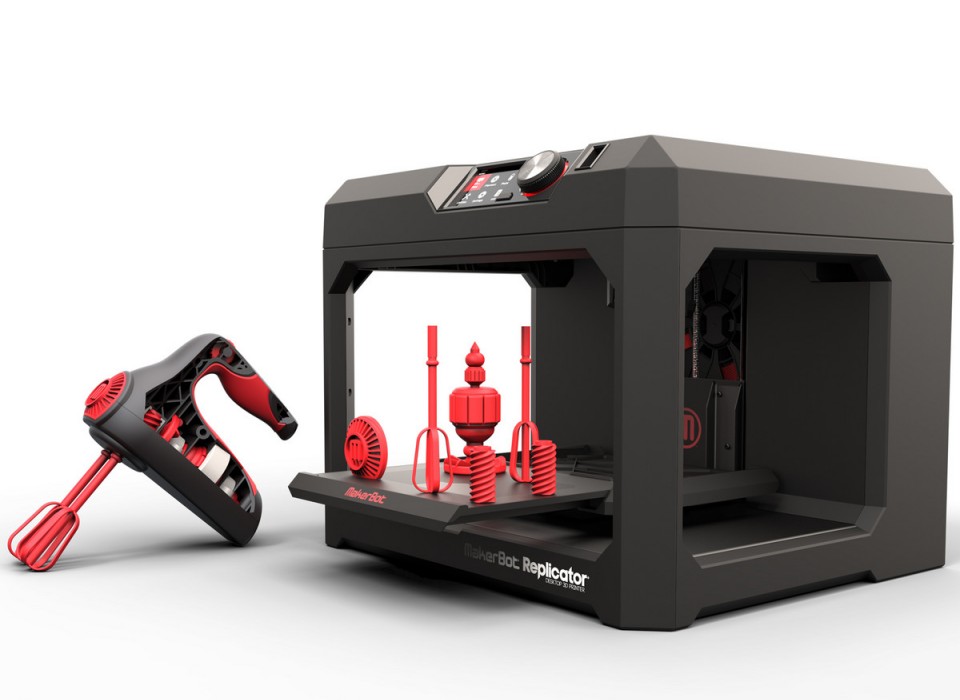 - you will lose your privilege to use the machines..
- you will lose your privilege to use the machines.. - DPL printers can not be used to print out any weapons (if it's for cosplay, talk to staff and we'll try to figure it out). Outside of that, most things should be fine, but the Library retains the right to refuse any print request for any reason.
- Set-up and clean-up time is part of your 2 hour reservation, so please plan accordingly! Please finish your 3D printing jobs at least 10 minutes before the session ends so you can clean up materials and station. Jobs can not be left running overnight or past the end of your 2 hour reservation.
3D Printing FAQ
What is 3D printing?
Start with this definitive guide where you’ll find everything you need to know about 3D printing, beginning with the very basics before diving deeper.
How much does it cost?
3D Printing is currently free at Denver Public Library!
What can be printed?
All printing is done with PLA, a bioplastic made of corn.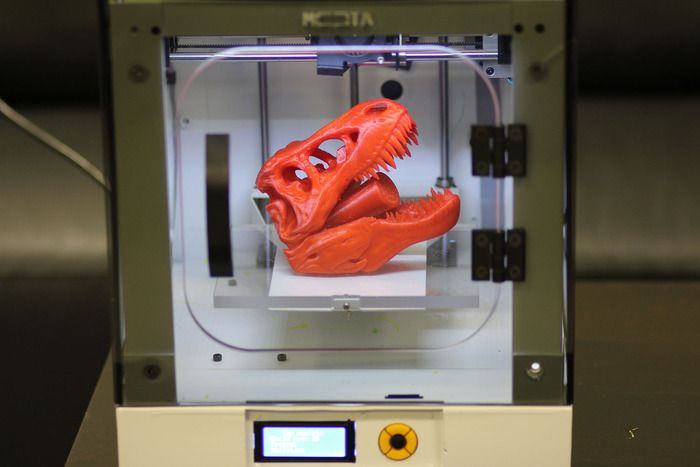 It might get a little melty if you leave it on your car dashboard, and you may not want to use it to make shelving mounts for your prize kettlebell collection. It's possible to make your model a little bit stronger by making it's walls thicker or requesting more infill. Ask us about it and we'll try to help you out. But if the piece you're printing is really mission critical in some way, use it at your own risk.
It might get a little melty if you leave it on your car dashboard, and you may not want to use it to make shelving mounts for your prize kettlebell collection. It's possible to make your model a little bit stronger by making it's walls thicker or requesting more infill. Ask us about it and we'll try to help you out. But if the piece you're printing is really mission critical in some way, use it at your own risk.
What cannot be printed?
Due to demand and limited resources, we can't print any job that will take over two hours. If you have something you'd like to print that will take longer than that, we're happy to help you try to figure out how to break up your model into smaller jobs, scale your print, or point you to one of the many paid 3D printing services. We also will not print out any weapons. Outside of that, most things should be fine, but the Library retains the right to refuse any print request for any reason.
Who can operate the printer?
Anyone who goes through an orientation with a staff member can! Read through the 3D Printer Policy above to learn how.
How To Get Your Object Printed
-
Create a file
- You can download an object file from a site like Thingiverse, Bld3r or use some of the lab's free modeling software like Tinkercad, Blender or SketchUp to make your own designs.
- Export your object as a .stl or .obj file. Need help? Just ask!
-
Make your reservation
- Reserve time by coming by the branch, calling, or come into the ideaLAB during our open hours. You can reserve up to two hours on the machine.
-
Print out your creation
Libraries become start-up incubators
In order not to die, libraries must reinvent themselves and create a role for themselves in the new digital world.
Compared to what is happening now with the book depositories, the destruction of the Library of Alexandria, perceived by contemporaries as a colossal blow to world culture, may seem like child's play.
According to one version, the famous library of Alexandria perished after a fire in 47 BC, when Caesar, in order to prevent the capture of the city from the sea, ordered the fleet in the harbor to be set on fire, and the flames engulfed, including storage rooms with books.
What the fire did not destroy was completed by the edict of Emperor Theodosius I the Great on the prohibition of pagan cults. The so-called "small" Library of Alexandria was destroyed by Christians at the end of the 4th century AD.
Just as the great library of antiquity became an accidental victim of a fire, modern libraries as an institution have become a collateral victim of new digital technologies. No imperial edict is required for them to begin to close as unnecessary. As the Skolkovo expert says Anton Titkov, director of the interuniversity student business incubator "Druzhba" of the Tomsk State University of Control Systems and Radioelectronics , "the classical version of libraries, I think, is unpromising.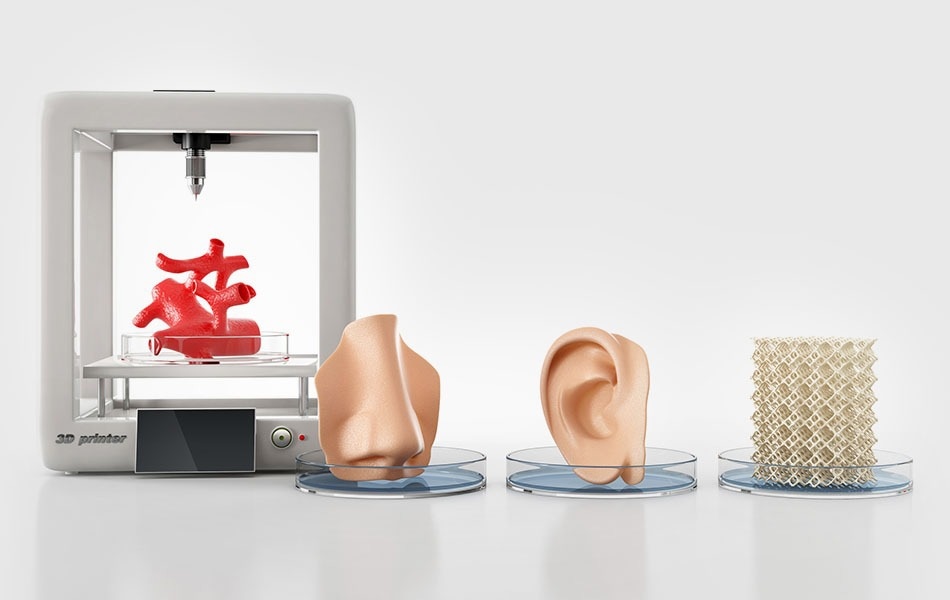 "
"
“As it stands, [libraries] have no future,” agrees Skolkovo expert Varlam Keshelava, commercialization adviser to the leading Research Institute of Chemical Technology RID VNIIKhT . “Reading paper books has become the lot of grandmothers who have not adapted to electronic readers, and a luxury for business class passengers.”
The reading room of the New York Public Library is not crowded
Or are libraries still needed in a changed era?
Provincial American city of Fayetteville, Arkansas. The population is 73 thousand people. The per capita income is 18 thousand dollars, 20% of the population lives below the poverty line. Youth under 18 - 20%.
In 2011, the Fayetteville Library became the first public library in the United States to host a maker lab, a cross between a classroom and a start-up incubator, on its premises. Instead of rows occupied by outdated novels and encyclopedias, there are 3D printers, laser cutters, plumbing tool kits and sewing machines.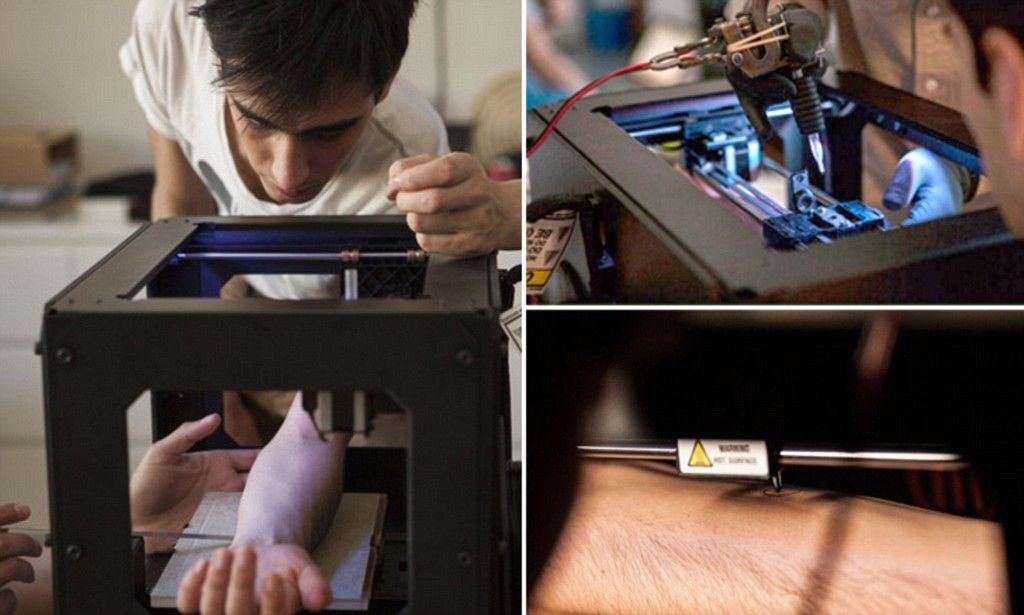
After Fayetteville, similar incubators sprang up in libraries across America, including Sacramento, Pittsburgh, Denver, and Detroit, New Scientist reports. According to the American Library Association, one in six libraries in the country are involved in this movement to some extent. One of the largest in the United States, the New York Public Library, is closely following what is happening and intends to introduce these approaches into its practice.
To make room for laboratories, libraries are reviewing their collections. In Tennessee, the Chattanooga Public Library auctioned off a third of its holdings - encyclopedias, scientific journals, and novels that were not in demand by readers. A whole floor was vacated, on which the laboratory was set up. The University of Nevada Reno Academic Library has put more than half of its prints and books into storage, freeing up 1,700 square meters of space for a workshop.
It's one thing to clear the area for workshops, it's another thing to equip them.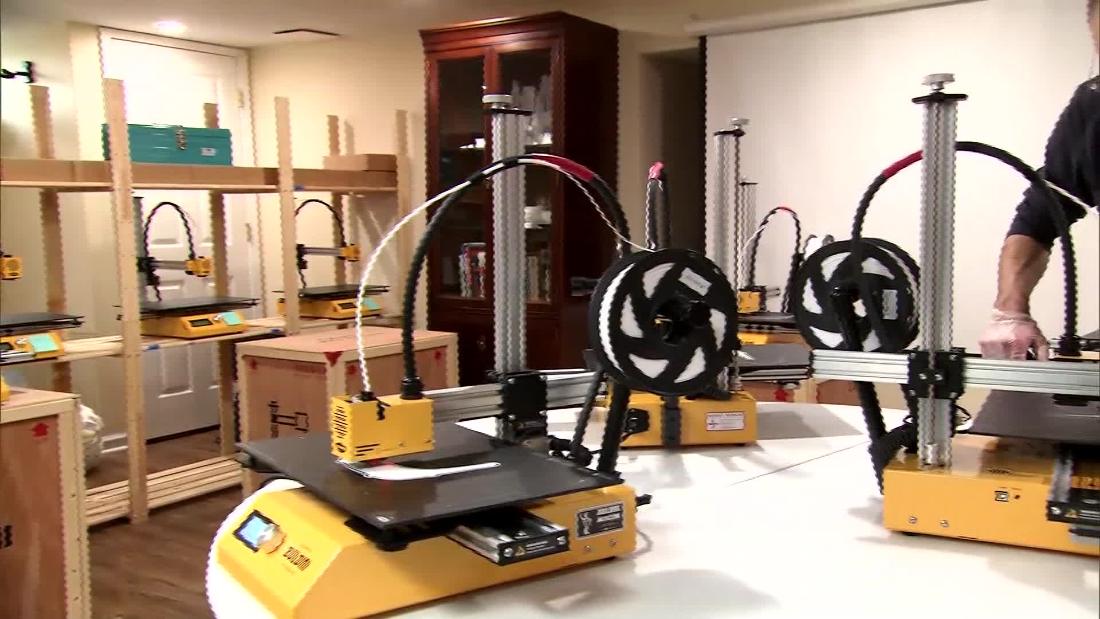 3D printers are not cheap, not every library is able to purchase them on its own. State investments come to the rescue. A government organization such as the Institute of Museum and Library Services financially supports this movement. She provided $2.6 million in grants for the purpose of creating a laboratory in the libraries.
3D printers are not cheap, not every library is able to purchase them on its own. State investments come to the rescue. A government organization such as the Institute of Museum and Library Services financially supports this movement. She provided $2.6 million in grants for the purpose of creating a laboratory in the libraries.
Although the "library incubators" are only a few years old, there are already some impressive results. In the library. Harold Washington in Chicago, users created a prototype satellite tracking system. Two university graduates produced an innovative model of the brain canal in the Fayetteville Library Laboratory, which was then licensed to a medical device company. A library incubator does not necessarily mean that high-tech breakthroughs will be made every day. At the Chattanooga Library, a cheesemaker 3D printed a logo, which he then pasted onto cheese circles.
The transformation of a library from a temple of knowledge into a bustling laboratory or workshop can really be seen as a return to basics, says Tod Delgrove of the University of Nevada Library: Library of Alexandria, ”New Scientist quotes him as saying.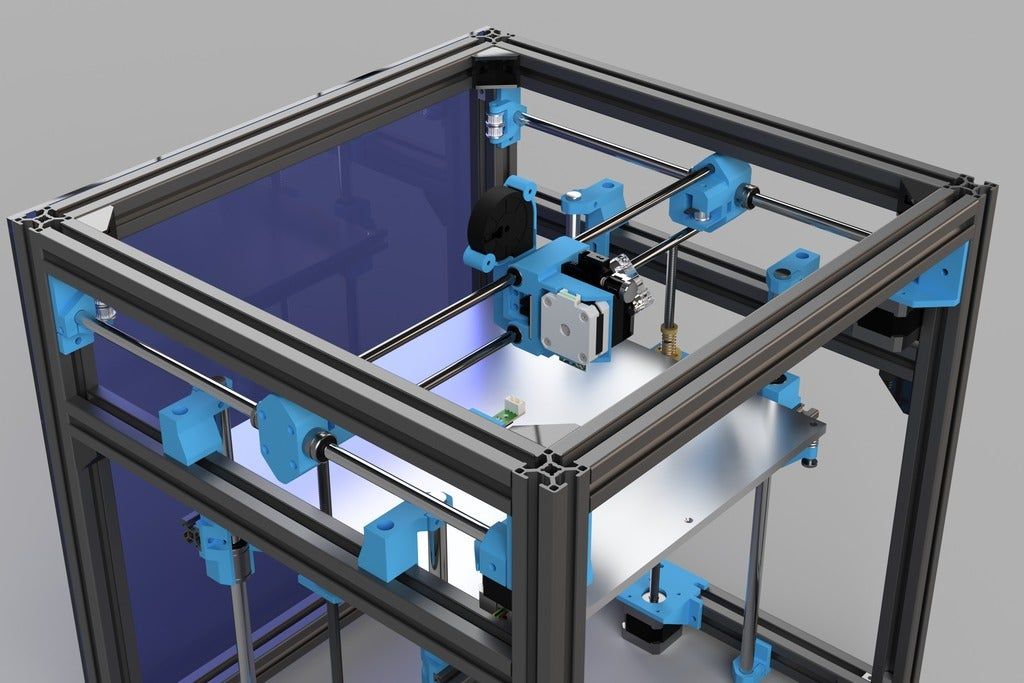
Such an environment, the publication notes, is perhaps what is needed to save libraries. “Book knowledge is now easy to acquire digitally, but creating and managing tools and devices – something that characterizes modern society – requires specialized skills. The only way to master them is, as they say, to hold these devices in your hands.
Sk.ru conducted a mini-survey among Skolkovo ecosystem participants in an attempt to understand how they feel about the rapidly changing role of libraries.
A library in America is bigger than a library
Yury Nikolsky, Director of Science at the Skolkovo Biological and Medical Technologies Cluster , who has worked in America for many years, believes that the library revolution taking place there now is “an interesting concept, based on a long American tradition."
Yuri Nikolsky: The library in America has always been a gathering place for people. Photo Sk.ru
According to Nikolsky, for some time he lived in "a real one-story America", in a small town in Indiana.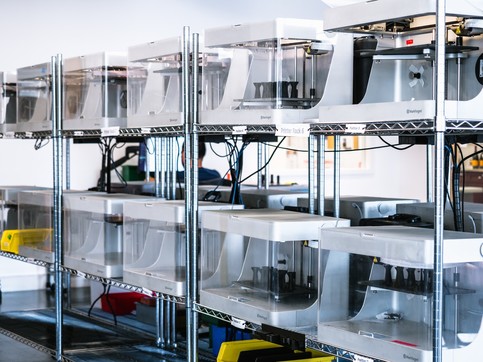 “Traditionally, the city library has been a gathering place. People came there not only to read books - I lived there before the advent of electronic books - but also, for example, to make some transactions, for example, buying a home, - he tells Sk.ru. - Housewives came, some groups gathered to drink tea. It was such a communal meeting place. There was also a church, but the church was only on Sundays. And on other days, the library plays such a role.
“Traditionally, the city library has been a gathering place. People came there not only to read books - I lived there before the advent of electronic books - but also, for example, to make some transactions, for example, buying a home, - he tells Sk.ru. - Housewives came, some groups gathered to drink tea. It was such a communal meeting place. There was also a church, but the church was only on Sundays. And on other days, the library plays such a role.
What is happening now, from this point of view, is nothing new, since the library in America has always been a gathering place for people. Turning libraries into centers of technological growth makes perfect sense. People already know where to go. If this place acquires new functions, this is logical. The same story with university libraries, they also stopped going to. 20 years ago they were full of people reading magazines; Now all magazines are electronic. So university libraries are now looking for themselves too.”
Yuri Nikolsky illustrates the possibilities of a communal center using this example.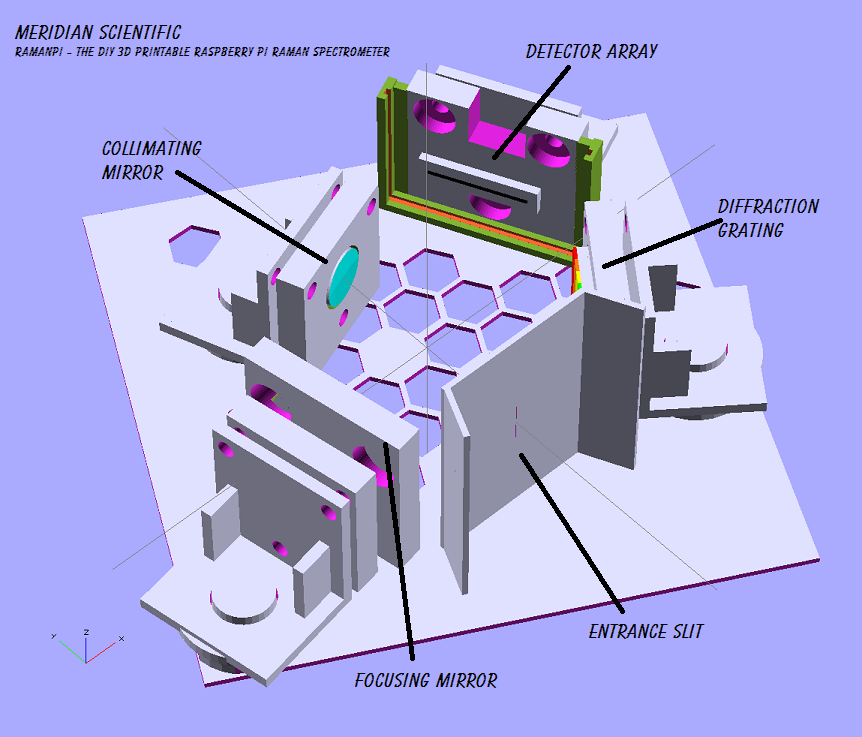 In April, he was at a biotechnology conference in Boston. “There was an amazing presentation by Heather Dewey-Hagborg from Brooklyn; she is not a biologist - a sculptor. She became interested in checking what genetic traces we leave, and what can be learned about it (remember the movie "Gattaca"? This is about the same thing). She started by collecting cigarette butts, traces of lipstick on a glass ... She collected a whole collection. What happened next surprised me the most. Brooklyn has a local center where anyone can come - people from the street, locals - and do a little bit of molecular biology. Such a communal molecular biological laboratory. Since technology is constantly being simplified, it has already been brought to such a level that any unemployed person can come and learn how to climb databases, how to sequence DNA ... This woman also had no training. Within two months, she managed to genotype the DNA that she had collected. I looked up about 50 loci in databases, options for how we look: height, to some extent weight, facial features, eye color, hair color .
In April, he was at a biotechnology conference in Boston. “There was an amazing presentation by Heather Dewey-Hagborg from Brooklyn; she is not a biologist - a sculptor. She became interested in checking what genetic traces we leave, and what can be learned about it (remember the movie "Gattaca"? This is about the same thing). She started by collecting cigarette butts, traces of lipstick on a glass ... She collected a whole collection. What happened next surprised me the most. Brooklyn has a local center where anyone can come - people from the street, locals - and do a little bit of molecular biology. Such a communal molecular biological laboratory. Since technology is constantly being simplified, it has already been brought to such a level that any unemployed person can come and learn how to climb databases, how to sequence DNA ... This woman also had no training. Within two months, she managed to genotype the DNA that she had collected. I looked up about 50 loci in databases, options for how we look: height, to some extent weight, facial features, eye color, hair color . .. Based on this, she made a whole gallery of portraits of people she never knew - people who left cigarette butts and lipstick marks."
.. Based on this, she made a whole gallery of portraits of people she never knew - people who left cigarette butts and lipstick marks."
Libraries have a "revolutionary future"
Doctor of Biological Sciences Alexander Kaplan project ExoAtlet, which received the main prize at the Startup Village-2014 conference) admits that the last time he was in the library was fifteen years ago. But he has no doubt that libraries have not only a glorious past, but also a future.
“Libraries, by definition, are institutions for the storage and lending of printed materials,” says Prof. Kaplan in an interview with Sk.ru. - In this sense, libraries not only have a future, but a revolutionary future. The vast majority of libraries will restructure their work in connection with the transition to digital media, the creation of network structures on a planetary scale and, in connection with this, the involvement of cloud storage systems. What tens of thousands of amateur sites are doing now, by hook or by crook creating pantries of digitized books and magazines, should become the main function of libraries united by unified systems for codifying publications and ways of providing them to users.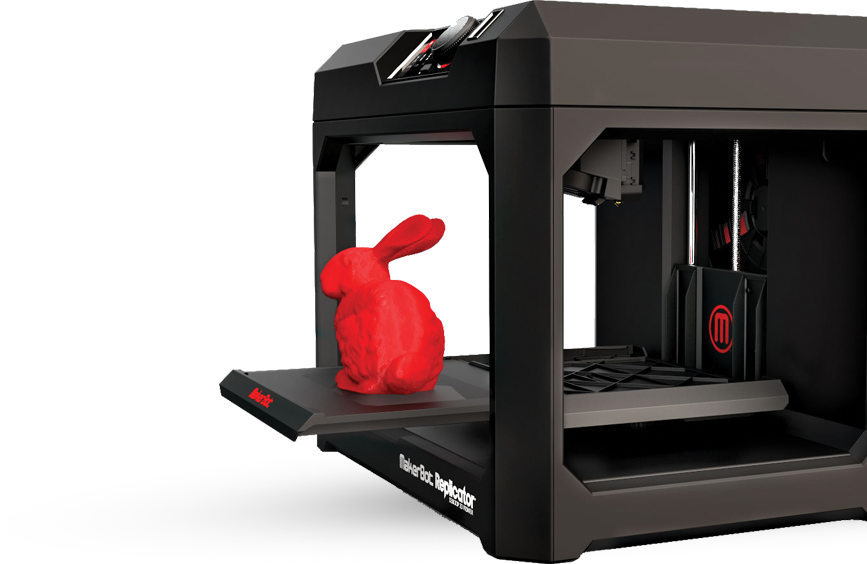 Of course, there is also a separate library area - children's editions. Probably, paper children's libraries will be preserved, but also on the basis of digital media, with the only difference being that books in a good cover and with pictures can be ordered on paper in the same library. To do this, it will be enough for the library to have a desktop printing house with a binding machine.”
Of course, there is also a separate library area - children's editions. Probably, paper children's libraries will be preserved, but also on the basis of digital media, with the only difference being that books in a good cover and with pictures can be ordered on paper in the same library. To do this, it will be enough for the library to have a desktop printing house with a binding machine.”
Professor Alexander Kaplan: "Libraries have a revolutionary future." Photo Sk.ru
3D printers in American libraries do not impress Alexander Kaplan. “The American experience with 3D printers in the library is a myth,” he says. - The journalists didn't understand. Renting out unused space for 3D printing has been taken as a new trend in librarianship. Not to print books on a 3D printer, except perhaps the spines of books for unpretentious users?
Another thing is that the so-called Fablabs are developing in the world - small halls in which high-tech equipment is installed, usually controlled by a computer. These are digital metal processing machines, and units for creating composite materials, and the same 3D printers. In these Fablabs, those who wish can translate their ideas into concrete physical forms and devices.
These are digital metal processing machines, and units for creating composite materials, and the same 3D printers. In these Fablabs, those who wish can translate their ideas into concrete physical forms and devices.
Whether it makes sense to combine libraries and Fablabs is a big question, the scientist believes.
“Russian libraries, just like American ones, should do their own thing: digitize paper products that do not have digital copies, store and organize now digital versions of books and journals, and also maintain a user-friendly system of access to digital library funds. Over the next 10 years, there should not be a single paper sheet with text from the collections of libraries and other repositories in the world that does not have its own digital copy.
Fablabs, original circles of scientific and technical creativity for teenagers and adults, should develop independently.”
Skolkovo expert, managing partner of the company Global Innovation Labs Igor Balk agrees with Alexander Kaplan that libraries have a future. “Yes, there is such a future,” he said in an online interview with Sk.ru from Boston. - Especially in universities. Plus, libraries give access to unique archival documents and should be a kind of community centers,” the IT expert believes, who does not agree that libraries and, relatively speaking, Fablabs (communal centers in his terminology) should exist separately.
“Yes, there is such a future,” he said in an online interview with Sk.ru from Boston. - Especially in universities. Plus, libraries give access to unique archival documents and should be a kind of community centers,” the IT expert believes, who does not agree that libraries and, relatively speaking, Fablabs (communal centers in his terminology) should exist separately.
However, when asked when was the last time he himself was in the library, he answers: “I use only online versions.”
Representative in Russia of a Finnish company Nordic ID Dmitry Artemiev ( used to work for the Skolkovo company Talksum) goes to libraries “not out of personal necessity”, as he puts it: he is engaged in library technologies - the introduction of radio frequency identification (RFID) for books and documents. This year, RFID technology, which allows readers to receive literature without the help of a librarian, will appear in 10 Moscow libraries.
Local club for the educated.
“In my opinion, the future of Russian libraries is very similar to what, judging by the article, American libraries expect,” the expert tells Sk.ru. - Traditionally, this is a place where, without buying, you can take a popular book; plus local clubs, circles, etc., for adults (actually, what different "palaces of pioneers" are supposed to do, but in the existing education / financing system they are designed exclusively for children and are quickly and confidently blown away). That is, it is not 3D printers that are important. Today a 3D printer, tomorrow maybe plasticine and clay again - the point is that the library remains a local “club for the educated”.
There is also the function of the archive, which will not go anywhere, but these are rather large city libraries, and the whole story is about regional ones,” Dmitry Artemyev explains his thought in an interview with Sk.ru.
“There will be adequate funding (and reasonable reporting) - librarians will figure it out themselves, traditionally enthusiastic people work there,” he continues. - Perhaps it will even be enough to declare that the library is becoming such an educational platform, and - funding for the elementary organization of the process.
- Perhaps it will even be enough to declare that the library is becoming such an educational platform, and - funding for the elementary organization of the process.
And the installation of equipment (3D printers, just like printers, copiers, etc.) is quite a commercial project. It is inexpensive to install, and the visitor will pay for the consumables.”
Skolkovo expert, Executive Director of the non-profit organization "Preseed Investment Fund" Mikhail Rayak (the last time he visited the library while studying at the institute) believes that the functions of libraries should undergo significant changes:
- an increase in the number of services, provided electronically and remotely (via the Internet), including the placement in open access in electronic form of works that have passed into the public domain;
- association with state archives and other similar information bases, creation of a unified information system;
- providing access to works protected by copyright on the basis of an agreement with copyright holders.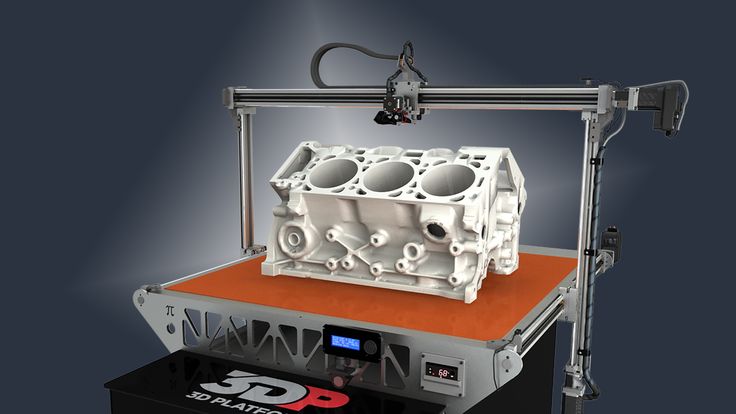 Access to such works for end users can be both paid and free.”
Access to such works for end users can be both paid and free.”
At the same time, Mr. Rayak is sure that there is no place for non-core equipment in the library: “3D printers in libraries are an absolutely unnatural thing. The main purpose of any library is to provide access to certain information. Accordingly, the development of libraries should be aimed at achieving this goal in the fastest and most comfortable way.”
In the summer, the threadlike pulse of Moscow libraries is hardly palpable. Photo Sk.ru
In Russia, “the American experience is not applicable for libraries,” Varlam Keshelava is convinced. On the other hand, the expert believes, "the initiative with folk 3D printers" can be used on a different basis: "former pioneer houses (if preserved), former DOSAAF offices (if preserved), Houses of Life, REMBYTTEKHNIKA workshops, TsNTTM youth creativity center, etc. Yes, even a garage cooperative: we have a lot of them, the people are technically advanced, a 3D printer will be useful to them if someone allocates a grant. ”
”
I don’t go to the library myself, but I often take my grandmother there
Out of a dozen and a half experts interviewed by Sk.ru, only one, Professor of the North Caucasus Mining and Metallurgical Institute Vladimir Tsarikaev, , said that he regularly uses the library for work: “I go to the excellent library of the North Caucasian Mining and Metallurgical Institute two or three times a month: without this it is impossible to effectively conduct pedagogical work, I constantly have to look through new acquisitions in subjects. I also use the electronic catalog of the library. Professor Tsarikaev is convinced that “libraries in Russia have good prospects, because due to the high cost of books, many will not be able to replenish their personal libraries with new acquisitions. A professor I know says: "Earlier in Soviet times, I often visited bookstores: everything was available. Now I bypass them, my pocket does not allow it." Mr. Tsarikaev also believes that Russia is not ready to use the American method: “there are no conditions for this, and should libraries be turned into a scientific institution, taking away functions from such departments of universities as the NIS, the department of scientific research?”
Skolkovo expert Anton Titkov, director of the Druzhba interuniversity student business incubator at the Tomsk State University of Control Systems and Radioelectronics (TUSUR), answered the question of whether he had a chance to go to the library: “I periodically bring my grandmother to the library. There are various activities for pensioners. I don't go to the library myself, because Everything I need is on the Internet. By the way, this is not an isolated case. Another Skolkovo expert, Varlam Keshelava, admits: “About once a month I accompany my wife to the city library, who chooses another batch of women’s novels for her grandmother.”
There are various activities for pensioners. I don't go to the library myself, because Everything I need is on the Internet. By the way, this is not an isolated case. Another Skolkovo expert, Varlam Keshelava, admits: “About once a month I accompany my wife to the city library, who chooses another batch of women’s novels for her grandmother.”
Yuri Kotelevtsev: Marriages take place in the Edinburgh University Library. Photo by Skoltech
One of the few participants in the Sk.ru survey who was relatively recently in the library for his own pleasure, - Yuri Kotelevtsev, Deputy Director of the Biomedical Center for Science and Education of RNA Interference and Integrative Physiology of Skoltech : “Six months ago , and it was a section of artistic historical literature.
When asked whether the American experience could be useful to Russian libraries, Yuri Kotelevtsev found it difficult to answer, but he, like the majority of survey participants, believes that Russian libraries have a future: “Collections of rare editions, manuscripts, etc. »
»
The researcher has worked for quite some time at the University of Edinburgh. There, “a library is basically a place for students to study at a computer terminal. The library in Edinburgh is open from 8 am to 3 am. She is responsible for maintaining electronic subscriptions. There are still paper magazines that few people read if they have access to them electronically. The library digitizes rare books and makes them available via the Internet.”
If domestic libraries want to take advantage of Western experience, then, first of all, they should install terminals with licensed access to magazines and books, Kotelevtsev believes.
The Skolkovo University of Science and Technology has an emerging library. Does Skoltech need it and what should it be? Yuri Kotelevtsev answers: “It must be like a religious building. The Edinburgh University Library, built around 1750, hosts all sorts of ceremonies, incl. official marriages.
The size of one note does not allow even a casual mention of all the issues that arise when trying to assess the rapidly changing role of libraries today. In Escorial, a castle-monastery built by the Spanish king Philip II, the library is one of the main attractions and it makes an unforgettable impression. Ancient folios stand in bookcases, and between them are genuine 16th-century globes, which were used by a king obsessed with the idea of world domination (it was during his reign that the sun never set over the Spanish empire). If there is a material symbol of absolute power, then the Escorial Library is one of the best examples of this.
In Escorial, a castle-monastery built by the Spanish king Philip II, the library is one of the main attractions and it makes an unforgettable impression. Ancient folios stand in bookcases, and between them are genuine 16th-century globes, which were used by a king obsessed with the idea of world domination (it was during his reign that the sun never set over the Spanish empire). If there is a material symbol of absolute power, then the Escorial Library is one of the best examples of this.
The library of Philip II in El Escorial is visited not by readers, but by tourists. Photo Flickr
It is clear that the main purpose of the library of Philip II is to serve as a museum.
Respect for public property
In August 1944, during the Warsaw Uprising, whose seventieth anniversary is celebrated this summer, the Polish poet Czesław Miloš (future Nobel Prize winner) lay under fire, pressed into the asphalt. A hundred meters separated him from the nearest shelter, but they had to be overcome somehow. “Despite all this,” he later wrote, “I did not part with the book: first of all, out of respect for public property, since the book was stamped by the University Library; secondly, I needed her (although I might stop needing her). These were "Selected Poems" by T. S. Elliot, in the edition of Faber & Faber.
“Despite all this,” he later wrote, “I did not part with the book: first of all, out of respect for public property, since the book was stamped by the University Library; secondly, I needed her (although I might stop needing her). These were "Selected Poems" by T. S. Elliot, in the edition of Faber & Faber.
It is difficult for modern schoolchildren to explain what made a person risk his life in order to return a book to the library. Each era has its heroes and its values. The question of what will happen to libraries after, in the words of Alexander Kaplan, not a single paper sheet with text from library collections remains undigitized in the world, remains open. It is possible that one of these answers will be the transformation of book repositories into some kind of start-up incubators. But even in this case, paper books turn into decorations that are not directly related to the new function of the physical premises that house them. However, the fate of the paper book is an even broader question.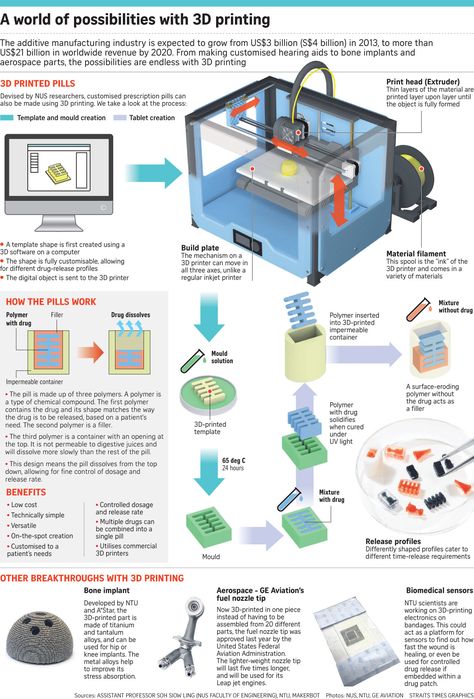
3D printer in the hands of librarians!
Hello everyone! This is a brief overview of a printer that has been living in our library since December 2020. In fact, the choice of printer is random, but despite this, we were satisfied with the choice. The printer daily pleases us with its work. We want to share with you our experience and practical communication with the ZENIT DUO
unit. Our employees do not have special education in installing software and generally working with this device. But, as it seems to us, we were able to become friends and for 4 months now we have been demanding, and he diligently fulfills our orders.
So, let's start with unpacking. Yes, indeed, suppliers have taken care of the safety of the printer during operation. All moving parts were fixed and equipped with air cushions, which allowed the printer to arrive to us safe and sound. Opening the box, we immediately see a folder with a complete package of documents + software. Yes, this is nice, as it saves time searching the Internet for the "gray matter" of the printer - processing systems and programs. And most importantly, it has Instructions: connection, configuration, operation and maintenance.
Yes, this is nice, as it saves time searching the Internet for the "gray matter" of the printer - processing systems and programs. And most importantly, it has Instructions: connection, configuration, operation and maintenance.
The instruction is written in an accessible language for the librarian. Everything seems to be very clear and accessible. But we still did not understand where our prefabricated stands for spools with filament had gone. Yes, we were a little unlucky, the kit was not complete. But we are optimistic librarians and our hands are growing from where it is necessary. As a result, we got our own beautiful stand, in the form of the letter “Z”, so that our creativity does not depart from the company “ZENIT”.
So, thanks to the detailed instructions, we installed the necessary programs and drivers, which are presented on the memory card in the package. The printer is connected to the computer via a USB cable. Nothing complicated. By connecting the cable, the printer can be controlled from a computer: printing, platform control, fans, heating, etc.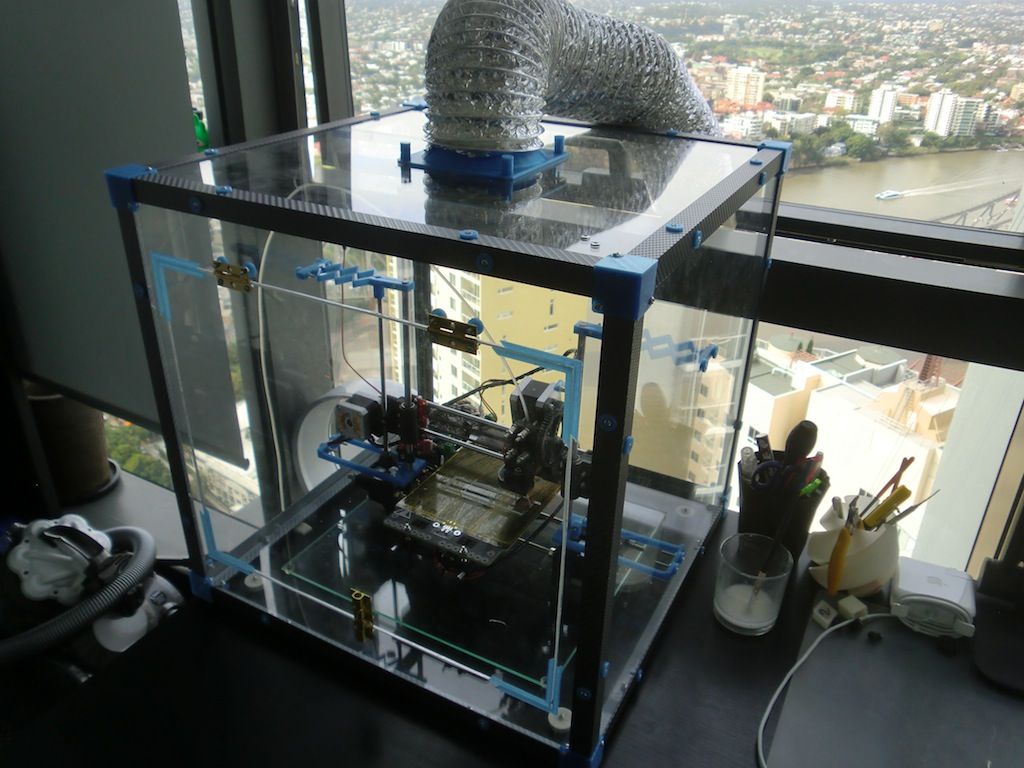
A very important point! Don't forget to adjust your printer settings in your print program! All of them are in the instructions. Otherwise, your unit may "hit the walls" because it does not know the spatial restrictions for printing.
At some point, for reasons unknown to us, our computer stops seeing the printer. Disappointment…. And here the same memory card that came in the kit comes to the rescue! Yes, our printer does not need to be connected to a computer to print. We recorded the desired file on a USB flash drive, inserted it into the printer and put it to print.
For "manual" control of the printer, the developers tried and instead of numerous buttons placed an encoder-control joystick in the form of a wheel with a panel in the printer case. The wheel is easy to operate and, if you can read, you can easily figure it out and find the desired function in the menu.
Let's start printing. As we librarians love to read, we have read millions of comments on social networks that "in order for the model to attach well to the surface of the table - to the glass, you need special glue.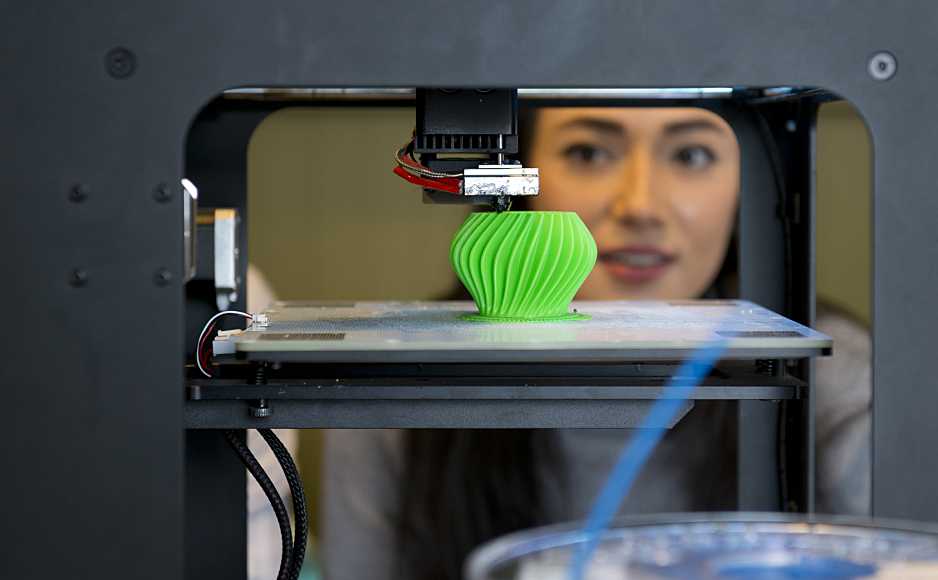 " But we are brave librarians, so we decided not to use any special means at the first printing. And, oh miracle! We succeeded. The first test cube we printed came off the glass easily. And all why? Because the developers have worked hard again and made our lives easier! Thanks to a special film, printed models are easily removed, even if the table is not cold. Thanks developers!
" But we are brave librarians, so we decided not to use any special means at the first printing. And, oh miracle! We succeeded. The first test cube we printed came off the glass easily. And all why? Because the developers have worked hard again and made our lives easier! Thanks to a special film, printed models are easily removed, even if the table is not cold. Thanks developers!
And so... We want to share the result of our friendship with a 3D printer. Piggy banks, figurines, animals, mobile toys, caskets and much more. The settings allow you to change the print fill rate, print speed, model size and plastic type.
Like seasoned professionals, we librarians already have a basic set of models of so-called “work flaws”. Thanks to which we learn to correct printing errors.
Holidays. Like all people on the planet, technology also likes to relax. Weekends usually come unexpectedly and are associated with contamination and clogging of the extruder nozzle. As we found out, such a misfortune happens often and with all printers.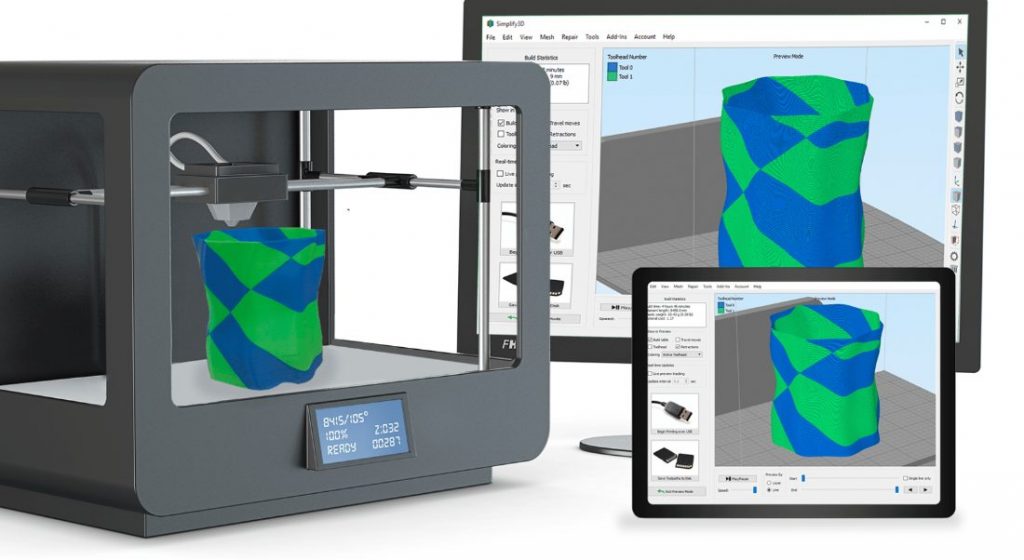 Therefore, we were not upset, but found a way to clean the printer. There were 2 needles in the kit, which, unfortunately, quickly deteriorated. And with a nationwide search, we picked up a wire, and also ordered needles for cleaning in parallel. But it took a long time. Therefore, the printer had a vacation of 28 working days, all according to the law.
Therefore, we were not upset, but found a way to clean the printer. There were 2 needles in the kit, which, unfortunately, quickly deteriorated. And with a nationwide search, we picked up a wire, and also ordered needles for cleaning in parallel. But it took a long time. Therefore, the printer had a vacation of 28 working days, all according to the law.
Nothing lasts forever. Still, we had to additionally purchase glue for the table surface. Since the production film deteriorated: first bubbles appeared, then it partially came off along with the printed model. As a result, when the extruder moved, the models came off the table and had to stop printing. There are samples that never came to light. While we were purchasing glue, our printer managed to rest and now nothing prevents it from working efficiently and productively for several hours in a row. Yes, the performance of our printer can be envied.
When the printer is hot, it lights up red, when not hot, blue.